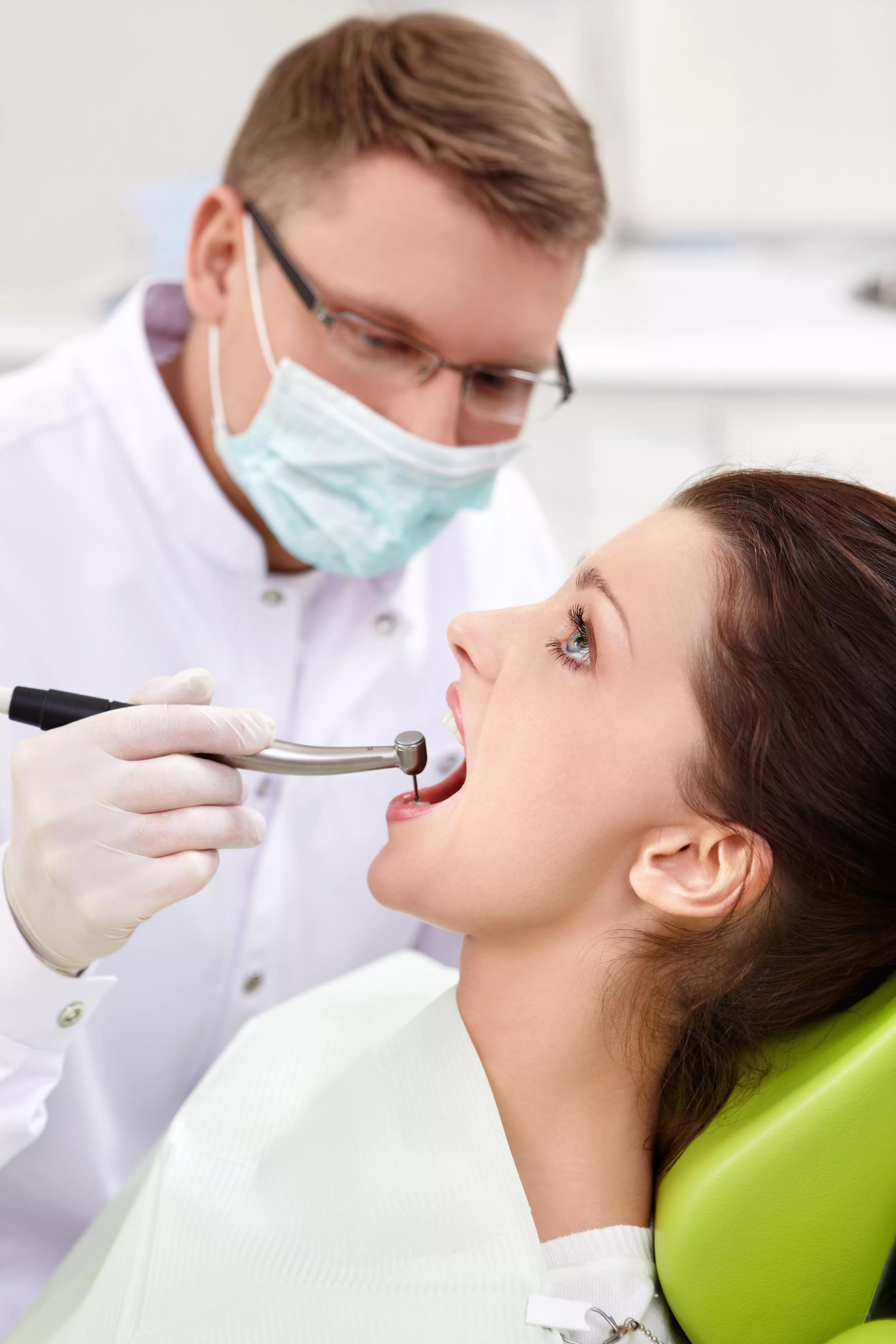Tips for removing plaque and tartar
Taking care of your oral health is crucial to maintaining the overall health of your body. Although daily brushing and flossing are indispensable, plaque and tartar can still build up on the surface of teeth, requiring professional removal. In this article, we provide some tips for removing plaque and tartar to help you maintain a healthy smile.
Why is it important to remove plaque and tartar?
Dental plaque is a soft substance that consists of food debris, saliva and bacteria. If the plaque is not removed regularly, it can develop into hard tartar. Both of these deposits can lead to various health problems. 
First of all, plaque and tartar are the main causes of inflammation of the gums, known as gingivitis. This condition can lead to bleeding gums, pain and, as it progresses, tooth loss.
In addition, tartar can cause holes in the teeth, leading to tooth decay and infection. Untreated dental infections can lead to more serious health problems, such as cardiovascular infections.
Professional plaque and tartar removal
To remove plaque and tartar, a visit to a dentist or dental hygienist is usually necessary. There are several effective methods of removing these deposits.
The first step of the procedure is scaling, or tartar removal. The dentist or dental hygienist uses a special tool, customarily called a scaler, to gently remove tartar from the surface of the teeth. The procedure is usually painless, but may cause some discomfort for the patient.
After the tartar is removed, tooth polishing is performed. The dentist or dental hygienist uses a special tool, customarily called a polishing paste, to polish the surfaces of the teeth. This process is designed to remove any residual tartar and plaque that may have been left behind after scaling.
In more serious cases, fluoridation is also recommended, which involves applying a special fluoride to the surfaces of the teeth. Fluoride strengthens tooth enamel and protects against tooth decay.
Maintaining a healthy mouth at home
To prevent the buildup of plaque and tartar between visits to the dentist, there are many steps you can take at home.
First and foremost, it is important to brush your teeth regularly for at least two minutes twice a day. Using toothpaste that contains fluoride is also recommended.
In addition, daily flossing is essential to remove food debris from interdental spaces where a toothbrush cannot reach. You can also use mouthwash to further reduce bacteria and plaque.
Avoiding excessive consumption of sweets and sugary drinks is also key to oral health. Bacteria in the mouth feed on sugar, which leads to faster buildup of plaque.
Summary
Maintaining a healthy mouth requires both taking care of your oral hygiene at home and regular visits to your dentist or dental hygienist for professional plaque and tartar removal. If you don't remove plaque and tartar, it can lead to serious health problems, such as gingivitis, tooth decay and dental infections. So be sure to brush and floss daily and avoid excessive consumption of sweets.
If you have doubts about the removal of plaque or tartar, consult your dentist, who will help you choose a personalized treatment. Remember, a healthy mouth is the key to a healthy smile and overall well-being.

Add comment